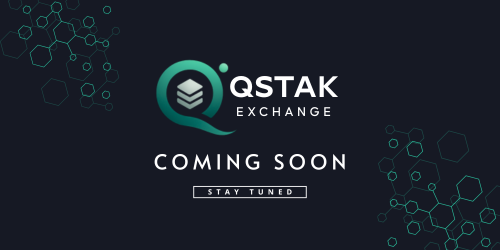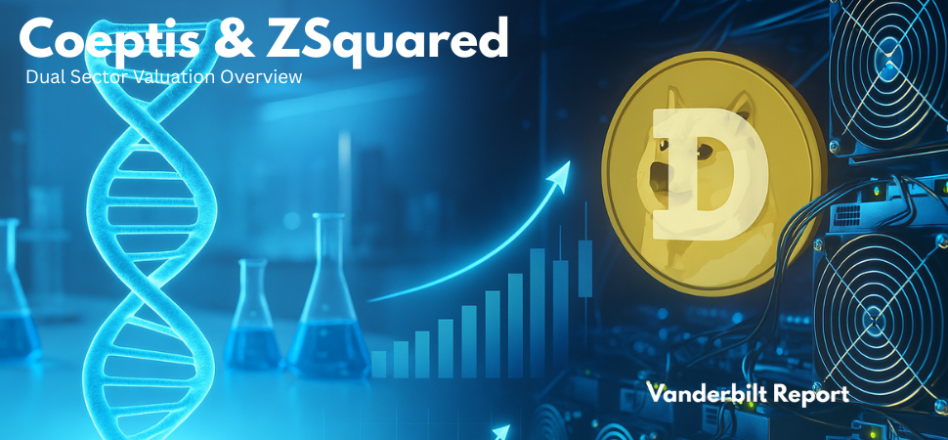Insider Threats in Hybrid Work Environments: Behavioral Analytics and Prevention Tools

The transition to hybrid work environments, blending remote and in-office setups, has revolutionized modern workplaces, offering flexibility and increased employee satisfaction. However, this shift has introduced heightened cybersecurity risks, particularly from insider threats. Insider threats are risks posed by individuals within an organization—whether employees, contractors, or business partners—who misuse their authorized access to harm the organization, intentionally or unintentionally. The distributed and less supervised nature of hybrid work amplifies these risks by expanding the attack surface and obscuring visibility into user behaviors.
Hybrid environments challenge traditional security frameworks largely designed for centralized, on-premises infrastructures. Employees accessing sensitive systems from diverse locations and devices, often over unsecured networks, increase the chances of mistakes and malicious actions going undetected. The blurred lines between personal and professional devices complicate endpoint security. Furthermore, the lack of face-to-face interaction can diminish employees’ connection to company culture and security awareness, sometimes leading to careless data handling or disgruntlement that might trigger insider breaches.
Behavioral analytics has emerged as a powerful tool to tackle insider threats in these complex environments. By leveraging AI and machine learning, these systems monitor user behavior patterns continuously and detect anomalies such as unusual login times, data access spikes, or access from unexpected locations. Behavioral analytics help distinguish between normal variations in work habits and potential threats, enabling security teams to respond proactively before an incident escalates. Identity and access management (IAM) systems further complement this approach by enforcing the principle of least privilege, ensuring users have only the access necessary to perform their roles.
Prevention tools go beyond detection to include training and cultural initiatives. Educating employees about the risks and signs of insider threats, encouraging transparent communication, and fostering a supportive workplace culture can reduce the likelihood of intentional or accidental breaches. Technical measures such as data loss prevention (DLP) software, endpoint detection and response (EDR) solutions, and zero trust architectures collectively strengthen the security posture. Clear protocols for incident response and regular audits also help identify vulnerabilities and improve readiness.
In essence, defending against insider threats in hybrid workplaces requires a holistic strategy that integrates advanced behavioral analytics, proactive prevention tools, and a culture of trust and accountability. Organizations that successfully combine technology with human factors will be better positioned to protect sensitive data and maintain operational integrity in the evolving world of work.








